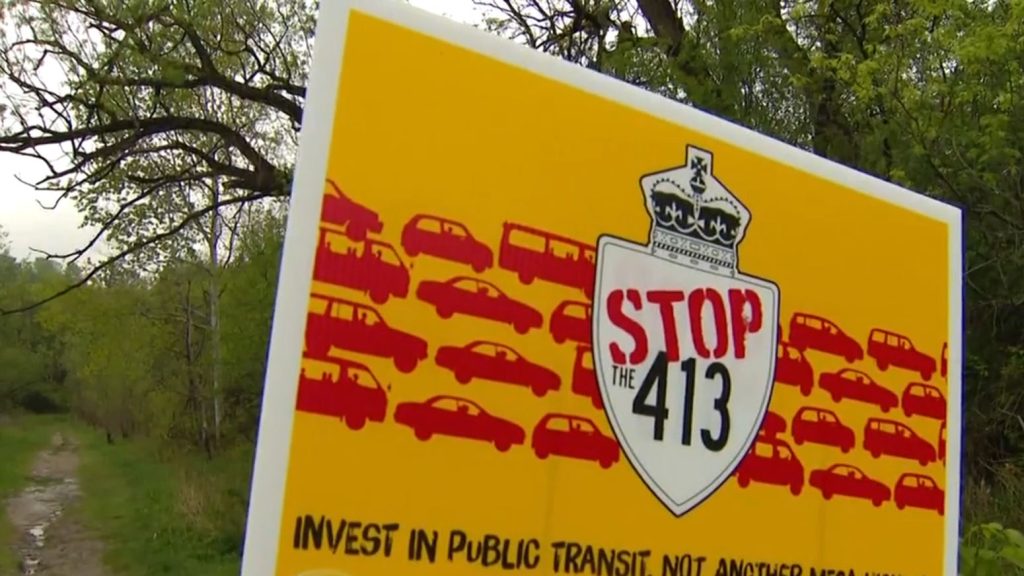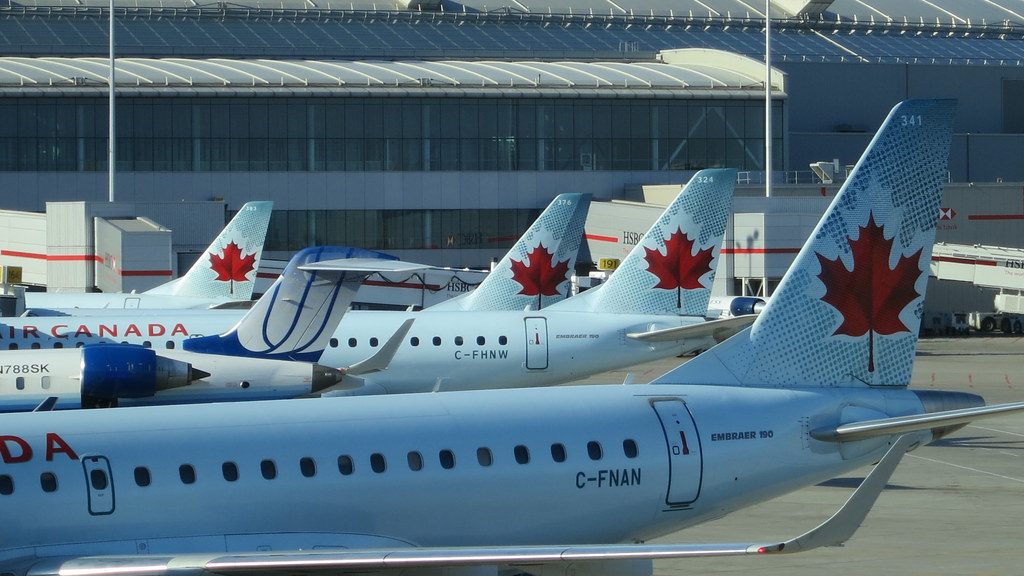Plane wreckage spotted in Antarctic; Canadian crew believed dead
Posted January 26, 2013 9:31 am.
This article is more than 5 years old.
The wreckage of a Twin Otter aircraft missing for several days in Antarctica was found late Friday night and the three-member Canadian crew is believed to be dead.
Two helicopters dispatched by the Rescue Coordination Centre in New Zealand — it was early Saturday evening local time — confirmed earlier sightings of the wreckage of the craft operated by Kenn Borek Air of Calgary on a steep slope near the summit of Mount Elizabeth.
Officials with the centre said the impact appears to have been direct and would not have been survivable.
The next of kin of the three men have been informed.
The pilot has been identified by friends as Bob Heath of Inuvik while media reports have identified a second crew member as Mike Denton, a newlywed from Calgary whose photographs of planes appear on the Kenn Borek website.
The third crew member had not yet been identified.
Rescue mission coordinator Tracy Brickles said it was very sad end to the operation.
“It has been difficult operation in challenging conditions but we remained hopeful of a positive result,” she said. “Our thoughts are now with the families of the crewmen.”
The plane took off last Wednesday from the South Pole, headed to an Italian base in Antarctica’s Terra Nova Bay, but it never arrived.
An emergency locator beacon was detected coming from the north end of Antarctica’s Queen Alexandra range — about halfway between the South Pole and McMurdo Station, a U.S. research centre.
New Zealand search and rescue teams were hampered by bad weather over the next couple of days — snow, bitter cold, high winds and low cloud cover made it impossible for planes passing over the site to see anything.
Then, the locator signal stopped. Officials said that wasn’t unusual, as the battery life of the device is not long, but the information they had gleaned allowed them to pinpoint the plane’s coordinates.
On Friday, a break in the weather allowed rescuers to set up a forward base at Beardmore Glacier, about 50 kilometres from the crash site, where there is a landing strip and a fuel depot.
Working in their favour was the fact that at this time of year, nearly 24-hour daylight allowed for longer search hours.
Helicopters and other planes were called in to bring supplies and aid in the search.
A statement on the Kenn Borek Air website said visual contact with the wreckage was first made by a C-130 Hercules aircraft of the New York Air National Guard, and the sighting was later confirmed by another Twin Otter deployed by the airline.
“Every rescue mission, you hope for the best,” said Pania Shingleton, a spokeswoman for the rescue centre.
“Even yesterday we were hopeful because they were pretty well equipped and they knew what to do in a tough environment.”
Indeed, those who knew Heath said if anyone would know how to survive such a crash, it would be the highly experienced pilot.
“He’s a bit of a living legend up (North),” friend and fellow pilot Sebastien Seykora said earlier this week.
“He’s been flying down there for at least a decade. If somebody had a question about how to do things, especially about going down there, he would be the guy they would ask.”
Heath had logged thousands of hours teaching young flyers in regions from the Maritimes to northern Ontario, said Roger Townsend, who was a co-pilot with Heath out of Red Lake, Ont.
His Twin Otter was well-equipped with survival equipment, including mountain tents and supplies which could have lasted five days.
What will happen next was not immediately clear.
According to the Kenn Borek statement, if weather conditions are favourable, helicopter crews and mountain rescue personnel will attempt to access the crash site on Saturday morning.
Shingleton said no decisions had yet been made on any recovery mission.
“There are obviously things that still need to be decided. We’re just determining those between New Zealand and the U.S. McMurdo base and others,” she said.
Kenn Borek Air has been in operation since 1970. According to the company’s website, 14 aircraft participated in its 2012 Antarctic season.
The company, which is also a fixture in Canada’s North, has been sending planes to Antarctica for the past 28 years.
In 2001, its pilots and planes were involved in the daring rescue of an ailing American doctor from the Amundsen-Scott South Pole Station.
In 2009, the company was commissioned to recover an aircraft that had been involved in an accident nearly a year earlier. A 12-person Kenn Borek recovery crew spent 25 days at a remote field camp on the eastern side of the Antarctic Plateau to carry out the operation.










